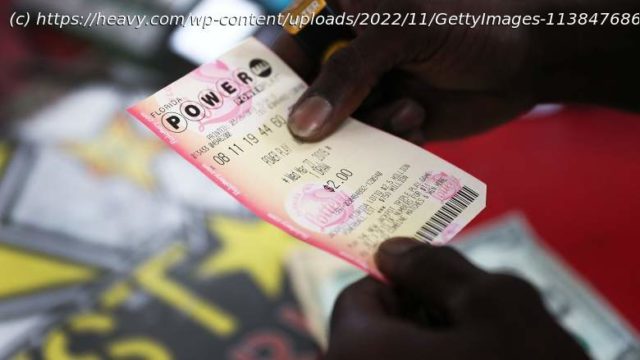Squandering all that money is easier than it seems.
Getty
The Powerball jackpot has reached $1.9 billion.
The latest Powerball jackpot swelled to US$1.9 billion on Nov. 5, 2022 – just shy of the record amount – after another drawing passed with no winning ticket. The next drawing is scheduled for Monday, November, 7, 2022.
The prize is now the largest lottery the world has ever seen, ahead of a $1.6 billion Powerball jackpot in 2016 and $1.54 billion Mega Millions in 2018.
The odds of winning are very small, about 1 in 292 million. You are about 400 times more likely to be hit by lightning. If every adult in the U.S. purchased just one ticket, each with a different number, there would still be a good chance – about 11% – that no winner would emerge at a given drawing and the pot would grow even larger.
But once a winner is declared and claims the prize, a more interesting question arises: What happens to all that money and the supposedly lucky ticket holder? As research by me and others shows, it’s often not what you’d expect.
The first thing to bear in mind is that while the jackpot is eye-wateringly large, the actual payout will be much less.
Read More From Heavy
Get Coached Into the Best Shape of Your Life
If someone claims it, the winner would not actually receive $1.9 billion in one big check. As a single winner, he or she can either choose a lump sum payment that amounts to about $929 million or receive $1.9 billion worth of annual payments that get progressively higher over 30 years.
After that, the taxman gets to take a big bite. The federal government will take about a quarter of a billion dollars, leaving $470 million if it’s a lump sum payment. And then the state in which the winner resides will take another bite, unless the winner lives in Florida, Texas or another state without an income tax.
That jackpot is starting to look a lot smaller, though it’s still a massive chunk of change.






